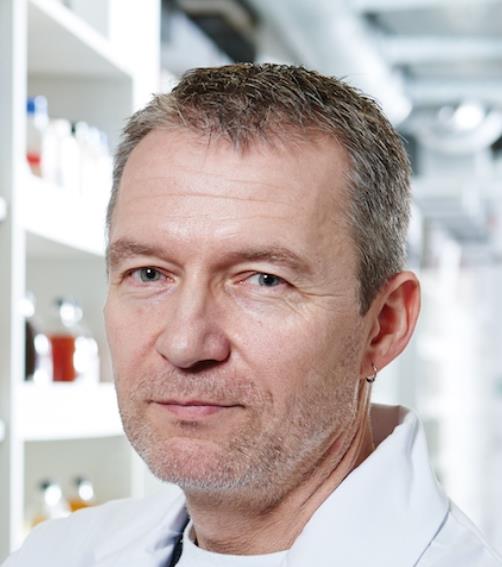Despite the utmost cleanliness, industrial painting companies cannot completely prevent microbial infestation from forming in some areas of their systems. "However, a lot can be done to keep it to a minimum," reports Uwe Hilsenbek, Head of R&D and Application Technology at Zeller Gmelin.

In general, uniform operation of the system and the shortest possible downtimes make it more difficult for bacteria to colonize. The expert recommends paying particular attention to the areas in which microorganisms can grow. These include, for example, the circulating water, the walls of the system tanks, the paint sludge and the exhaust and circulating air units, including the associated pipes. His tips for preventing possible colonization in advance include avoiding
dead pipes. It is better for industrial paint stores to dismantle unused pipes. It is recommended that water and sludge tanks can be emptied completely. If they are not (currently) in use, they should ideally be completely empty and dry. In the case of exhaust air ducts, appropriate dimensioning and droplet separators help to prevent microbial infestation.
"Sediments are the ideal breeding ground for bacteria," explains Hilsenbek. He points out that round tanks with agitators are better than square tanks because there are no corners where sludge can collect. For the wet washing of overspray, he recommends combining paint coagulation with appropriate flotation and, if possible, the use of coagulation media with metal salts, because the higher the salt content, the lower the bacterial growth. Another measure can be the controlled and regular use of biocides.